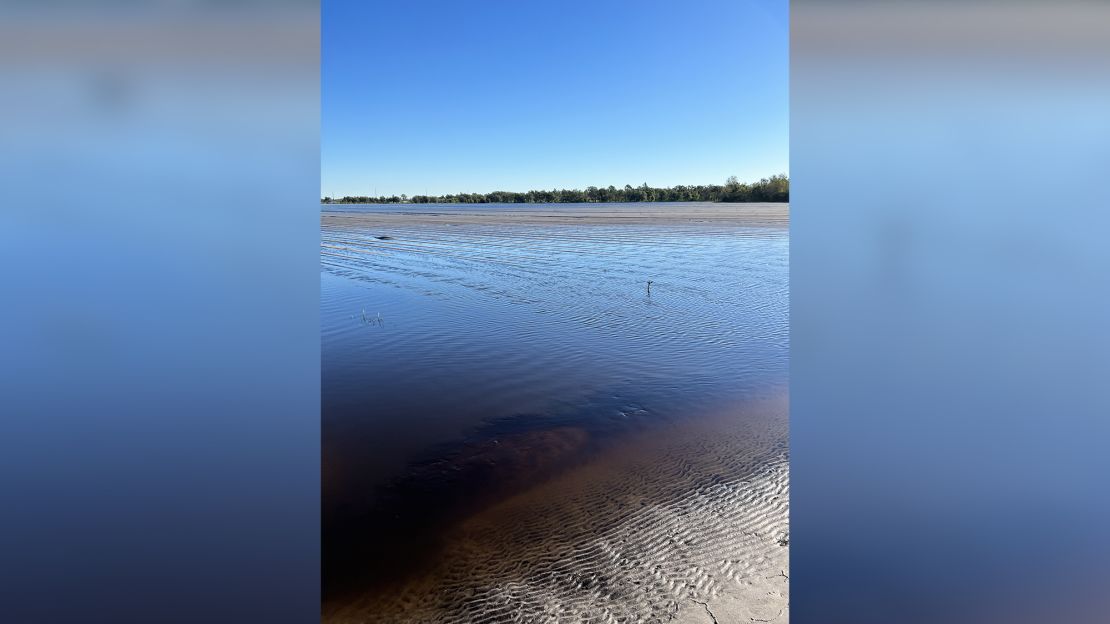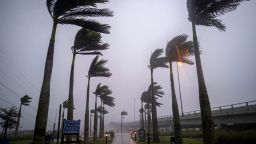About 15% of Nick Wishnatzki’s 650-acre family strawberry farm sustained damage from Hurricane Ian. His fields in Duette, Florida, are underwater, and plastic used to protect the carefully prepped fields for planting season in November, were ripped off by Ian’s 100-mph winds. That’s sent Wishnatzki scrambling to get back on track.
“I think it’s going to delay us about a week,” said Nick Wishnatzki, public relations manager and fourth generation owner at Wish Farms. “It doesn’t sound like a lot, but when you’re talking about market prices, a week can mean a big part of your bottom line as a farm.”
But he considers himself one of the lucky ones. His cooling and refrigeration facility in Plant City, Florida, had power back as of Friday morning, but his second facility just slightly south in Manatee County was still dark.
“We can manage like this for a couple of weeks, but anything beyond that will be a challenge,” said Wishnatzki. “These facilities are critical during the harvest season because we … cool the berries coming in from the field in order to maintain quality and shelf life.”
Millions of other Floridians including farmers are still surveying their damage and waiting for power.

“This will be a major event for agriculture,” said Nikki Fried, Florida’s Agriculture Commissioner. “Dairy farmers are in need of immediate generators to milk cows.”
The main agricultural season in Florida runs November through May. But many farm and ranch lands aren’t even able to be surveyed for damage because they are still inaccessible. Farm groups are still trying to connect with farmers and ranchers on the ground. But connectivity remains an issue.
“We anticipate it may be several days – and in some cases, several weeks – before we know the full extent of the impact on Florida growers,” Christina Morton, Director of Communications with the Florida Fruit & Vegetable Association.
Citrus crops could be devastated, as Hurricane Ian went through 400,000 of 450,000 acres of citrus fields, according to Fried. Florida is the US’s leading citrus producer and agriculture is the state’s number two industry behind tourism with three hundred crops being planted and harvested in the next several months.
Fall vegetables have been destroyed across the state, the Florida Farm Bureau said. Peppers, tomatoes and green beans are “gone.” Many honey bee colonies are submerged in water and in distress, the bureau said, threatening pollination.
Citrus production was already at its lowest level in 55 years because of greening – a bacterial disease that kills citrus trees, according to the Department of Agriculture.
“When hurricanes hit citrus groves, it’s not always 100% of the fruit that will fall off the tree, but storms with stronger winds tend to drop a larger amount of fruit, especially when the storms hit later in the growing season,” writes Christa Court, University of Florida economist and director of the UF/IAS Economic Impact Analysis Program.
Photos taken Thursday by the University of Florida Economic Impact Analysis Program after Hurricane Ian passed through the Manatee/Hardee County region show uprooted citrus trees surrounded by flooding and hundreds of citrus fruits on the ground.
“Damage to citrus trees are a concern and could have a multi-year effect on production, driving down numbers even further below greening levels,” said John Walt Boatright, Director of National Affairs for the Florida Farm Bureau.
Orange futures spiked 10% as Ian made landfall and rose another 2% Friday.
An earlier version of this story misspelled the name of Christa Court.


























